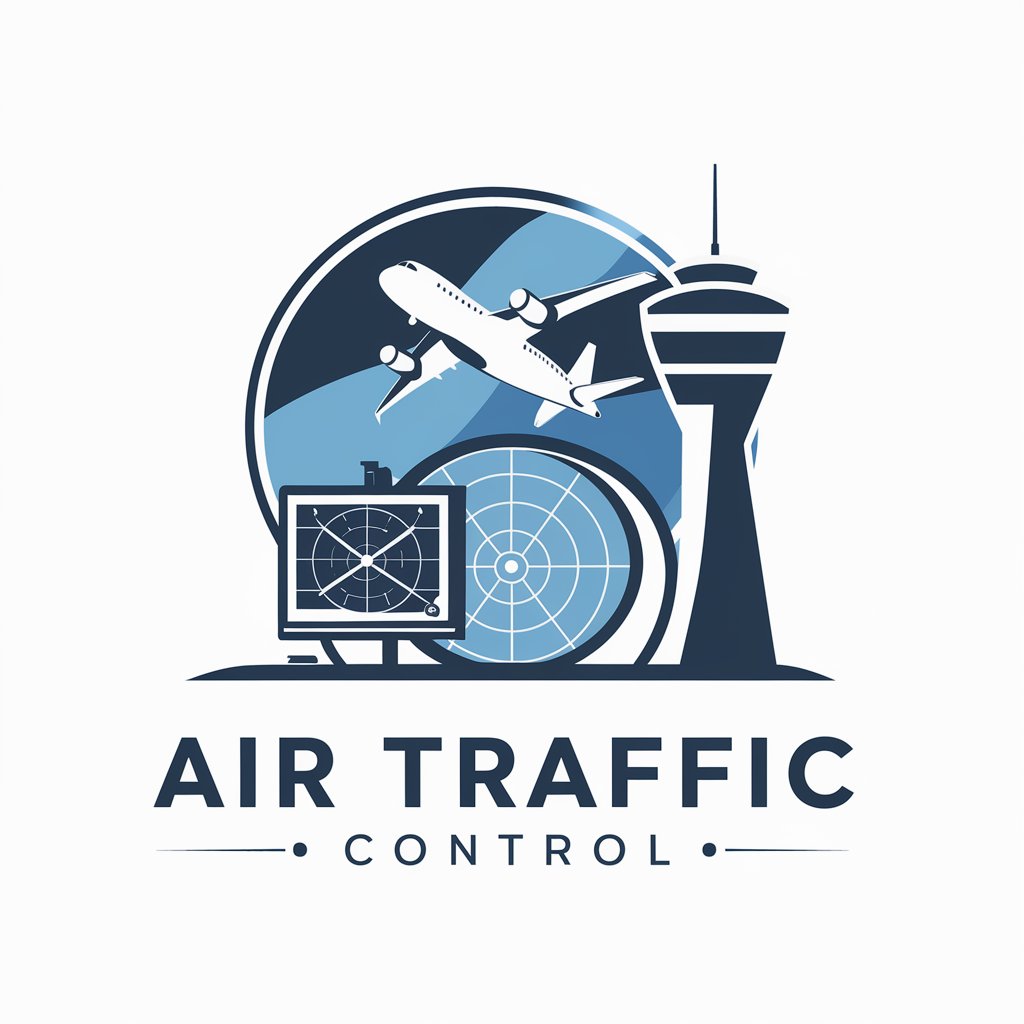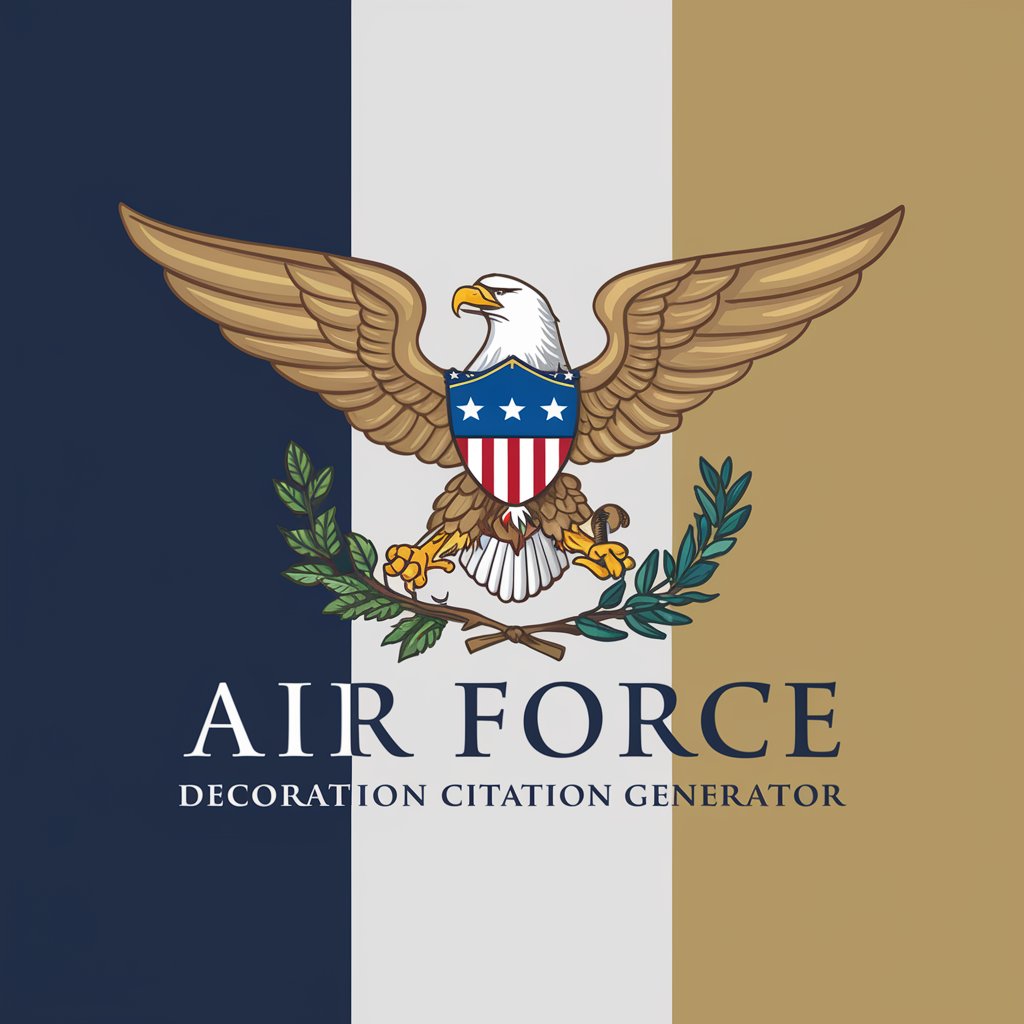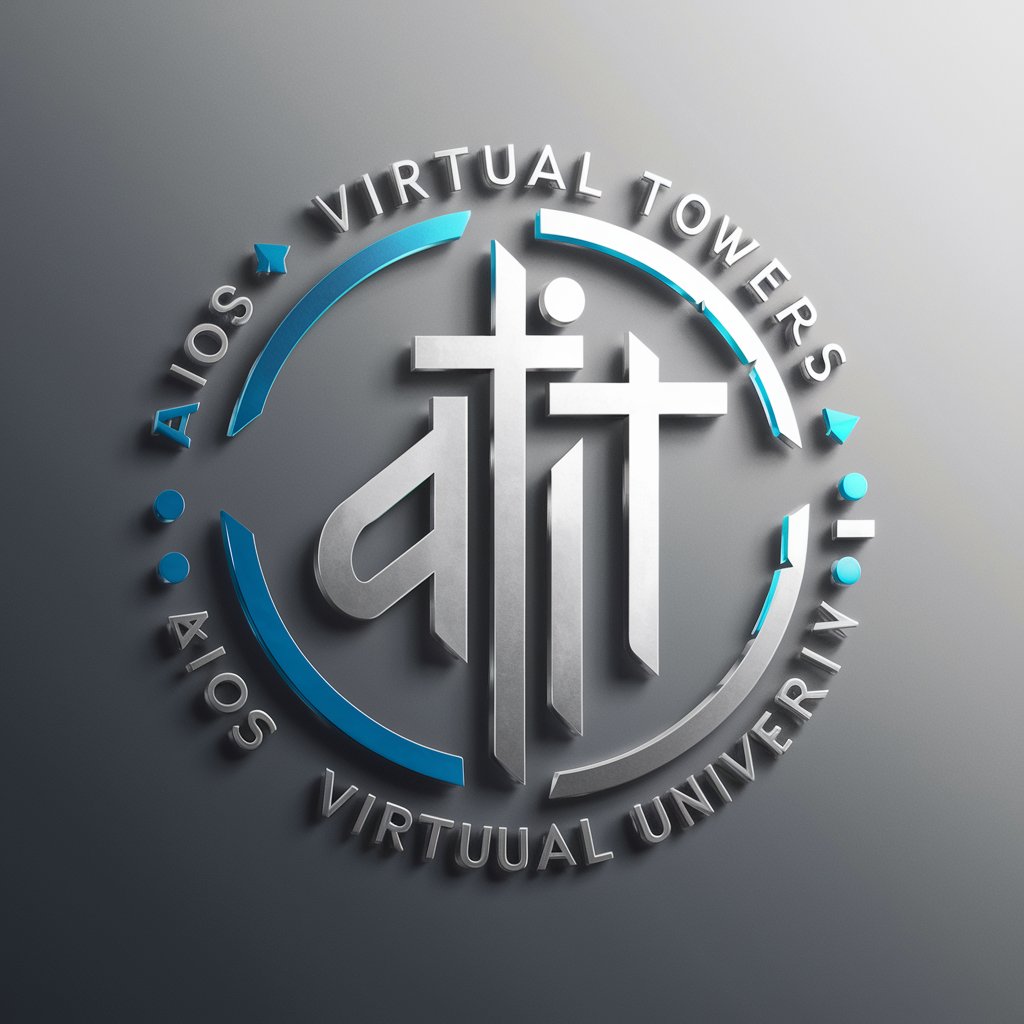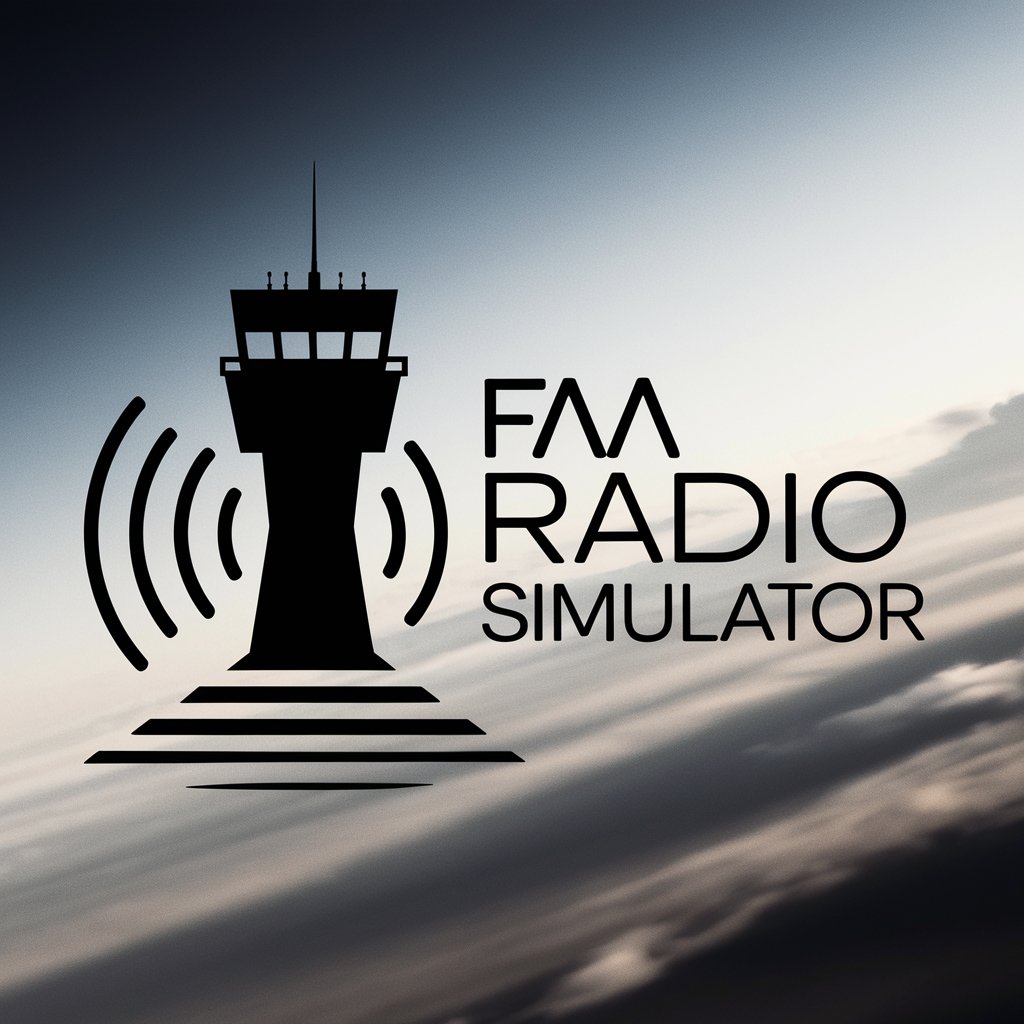
Air Traffic Control - Air Traffic Control Simulation

Welcome to Air Traffic Control. Ready for your simulation?
Master the skies with AI-powered control
Let's play a simulation as a Tower Controller and manage airport traffic.
How does the FAA Order JO 7110.65AA impact radar approach procedures?
Can you explain the visual separation procedures in air traffic control?
What are the emergency protocols for en-route controllers?
Get Embed Code
Introduction to Air Traffic Control
Air Traffic Control (ATC) is a service provided by ground-based controllers who direct aircraft on the ground and through controlled airspace, and can provide advisory services to aircraft in non-controlled airspace. The primary purpose of ATC worldwide is to prevent collisions, organize and expedite the flow of air traffic, and provide information and other support for pilots. In a typical scenario, ATC might coordinate the movements of several aircraft approaching an airport, ensuring that each maintains a safe distance from others in the vicinity. This involves sequencing arrivals for landing, managing departures to prevent conflicts, and providing pilots with important weather, routing, and other operational information. Powered by ChatGPT-4o。

Main Functions of Air Traffic Control
Separation of Aircraft
Example
Ensuring that aircraft maintain safe distances from each other in the sky and on the ground.
Scenario
In busy airspace near an airport, ATC assigns different altitudes to flights on similar routes to prevent mid-air collisions and sequences arrivals to maintain safe spacing for landing.
Traffic Flow Management
Example
Organizing the movement of aircraft to ensure efficient and safe operations.
Scenario
During peak travel times, ATC might delay departures or adjust flight paths to manage congestion and avoid overloading certain sectors of airspace.
Provision of Air Traffic Services
Example
Providing pilots with critical information, including weather updates, navigation assistance, and emergency support.
Scenario
If a flight encounters unexpected severe weather, ATC will offer alternate routes or adjustments to flight plans to ensure safety.
Ideal Users of Air Traffic Control Services
Commercial Airlines
These include passenger and cargo flights that operate globally. ATC services are crucial for them to maintain schedules, ensure the safety of passengers and cargo, and navigate through various airspace regions efficiently.
General Aviation
This encompasses private pilots, flight training, agricultural aviation, etc. These users benefit from ATC services by receiving assistance in navigation, airspace access, and safety advisories, especially in busy or complex airspace.
Military Aviation
While operating within civilian airspace, military aircraft also utilize ATC services for safety and coordination, ensuring that their activities are de-conflicted from civilian operations.

How to Use Air Traffic Control
1
Start by visiting yeschat.ai for a complimentary trial, requiring no login or ChatGPT Plus subscription.
2
Choose your simulation role: Tower Controller, Radar Approach Controller, or En-route Controller, to match your learning or training needs.
3
Select 'FAA Order JO 7110.65AA' for a list of specific regulations and procedures you want to explore or simulate.
4
Engage with the simulation by following on-screen prompts and instructions, applying FAA and ICAO regulations to control air traffic in the simulation.
5
Utilize the feedback and scenario outcomes to improve understanding and decision-making in air traffic control scenarios.
Try other advanced and practical GPTs
Hotel Concierge
Your AI gateway to green travel

Oklahoma City Restaurant Recommendations
AI-Powered Dining Decisions

Oklahoma GPT
Empowering Oklahoma Insights, AI-Powered

핵심 지표(Key Metrics) 분석기
AI-powered Startup Metrics Analysis

❤🎶영어회화 에밀리 워커 🌟❤ speaking English 영어 회화
AI-powered English Conversational Assistant

투자 인사이트 AI
AI-driven insights for smarter investing

Air Force Decoration Citation Generator
Effortlessly craft formal military award citations.

궁극의 영어 회화 학습
Revolutionize English learning with AI-driven role-play.

Flet Expert
AI-powered assistant for Flet apps

직업재활 네비게이터
Empowering Employment Through AI

Herb Gardener's Helper
Cultivate herbs effortlessly with AI

SEO Mastermind
Elevate Your SEO with AI-driven Insights

FAQs About Air Traffic Control
What is Air Traffic Control?
Air Traffic Control is a dedicated AI-based simulation tool designed to educate and train users on FAA and ICAO air traffic control regulations and procedures.
How can I select a specific controller role in the simulation?
Upon starting the simulation, you will be prompted to choose between roles as a Tower Controller, Radar Approach Controller, or En-route Controller, each offering unique scenarios and challenges.
What regulations and procedures can I learn with this tool?
The tool covers a wide range of regulations and procedures outlined in FAA Order JO 7110.65AA, including General Control, Radar, Nonradar, Visual, and Emergency procedures.
Can I use this tool for professional training?
Yes, the simulation is designed to aid both beginners and experienced professionals in understanding and applying air traffic control regulations and procedures in a variety of scenarios.
Is there any prerequisite knowledge needed to use this tool effectively?
While the tool is designed to be accessible to beginners, having some basic knowledge about air traffic control and aviation terminology will enhance the learning experience.





